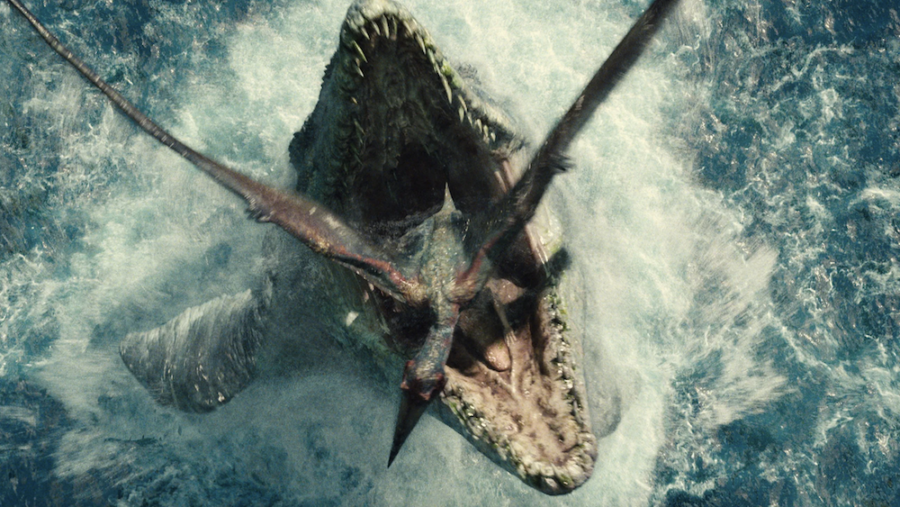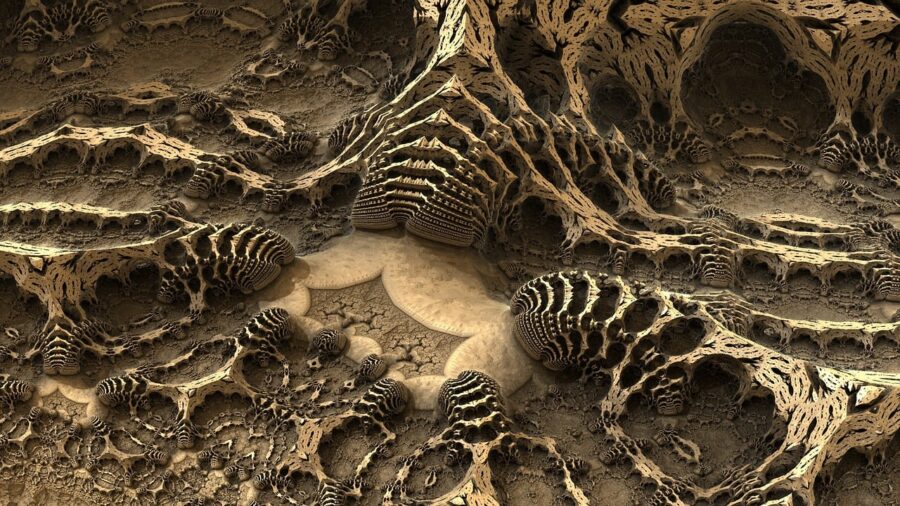New Species Of Gigantic Ancient Sea Monster Discovered

Fans of dinosaur media may already be familiar with the prehistoric sea creature known as the mosasaur. The Cretaceous era dino had a prolific role in the 2015 film Jurassic World and has inspired fear and devotion from researchers due to its hulking size and razor-sharp teeth.
Mosasaur Discovered In Mexico

Per an exciting new write-up from Science News, a new species of the ancient aquatic creature has been discovered in modern-day Mexico, with a nearly complete skull.
These newfound fossil records are sure to support leading paleontologist theories regarding the size, migration, and mating patterns of mosasaurs, believed to have roamed the depths of the sea over 90 million years ago during the Turonian age.
The slender-jawed monster has been named Yaguarasaurus regiomontanus by researchers, and has been officially classified as a member of the now extinct Mosasauridae group.
First Discovered In 1764

Fossil records indicating the existence of mosasaurs were first discovered in 1764 in a subterranean limestone quarry, leading to a massive push from the greatest scientific minds at the time to search for more fossils and living relatives of the species.
After the first mosasaur skeletons were mistaken for crocodile or sperm whale bones, scientists quickly realized the extinct creatures more closely resembled monitor lizards or giant pythons.
Aquatic Predators

The creatures were fully aquatic predators who made their way across the globe’s vast network of oceans during their reign, chomping on fish, cephalopods, sharks, and even other mosasaurs who dared get in their way.
The latest mosasaur discovery is estimated to span over 17 feet in length, though some fossil records indicate sizes of nearly 40 feet.
Despite mosasaurs making a splash in a number of popular pieces of dinosaur media such as the Jurassic World series and the hit video game Ark: Survival Evolved, the complex ancestry of the creatures within the Mosasauridae family are still hotly contested amongst researchers.
Some Confusion

The creatures have long served as a special focus for paleontologists such as Hector Rivera-Sylva, who works with a team out of Museo del Desierto. They provided significant insight to scientists constructing the new Yaguarasaurus regiomontanus fossils.
Some of the confusion comes from the four distinct subfamilies which comprise the Mosasauridae group, the Halisaurinae, Plioplatecarpinae, Tylosaurinae, and Mosasaurinae.
Well-Preserved Fossils

According to researchers, these four groups, and the nature of their relationships to one another, remain an anomaly, and the source of a number of ongoing studies.
The latest mosasaur specimen found in Mexico this week has small teeth and a long, slender jaw, and belongs to the Plioplatecarpinae genus.
The newly discovered fossils come from a bulk of limestone known for its abundance of well-preserved fish and marine reptile imprints, due in large part to the region’s formation under oxygen-deprived conditions.
Primordial DNA

With discoveries such as this, paleontologists are capable of getting closer than ever before to understanding a number of extinct species.
Some corporations, such as Colossal Biosciences, have announced plans to utilize primordial DNA located in ancient fossil records to resurrect extinct species such as wooly mammoths and dodo birds.
While it may be a spectacle to behold, you shouldn’t hold your breath for new species of mosasaurs to roam the oceans.












